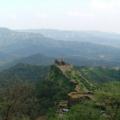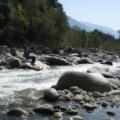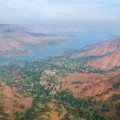Kailash Mansarovar Yatra 2025: A Complete Guide
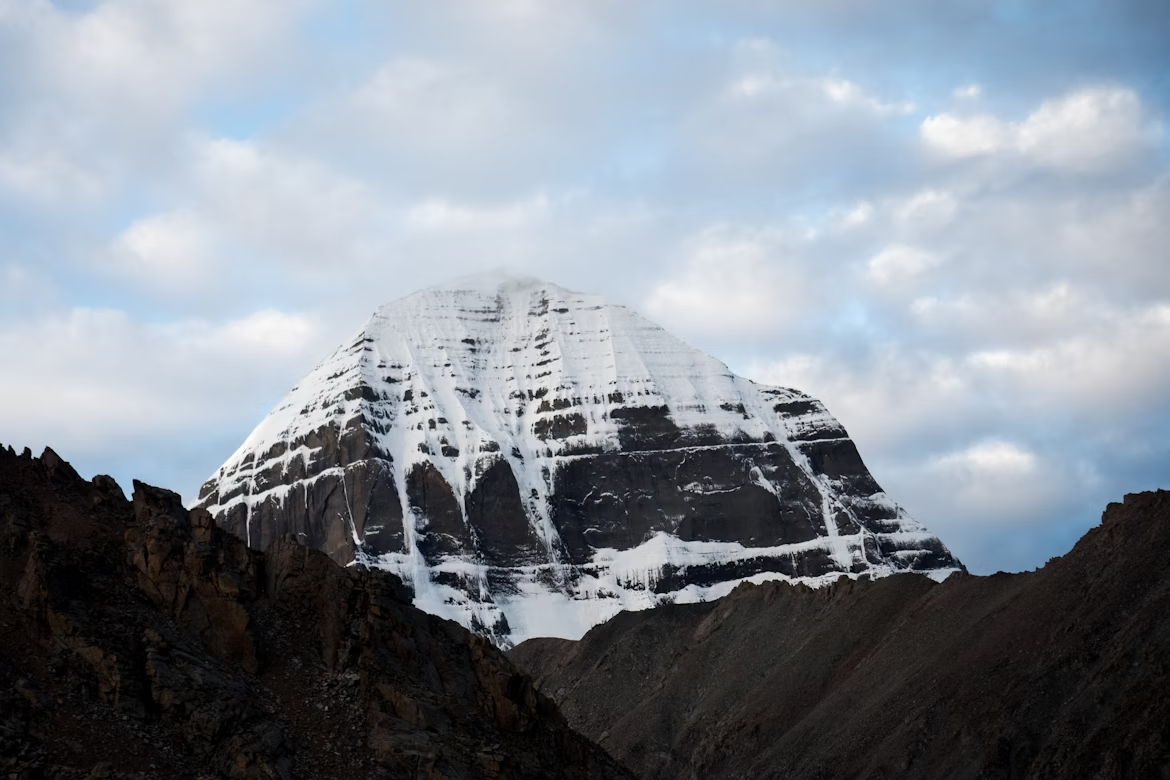
The Kailash Mansarovar Yatra 2025 is one of the most spiritually and culturally profound pilgrimages in the world. Located in the remote western region of Tibet, Mount Kailash is considered sacred in Hinduism, Buddhism, Jainism, and Bon. Adjacent to it lies Lake Mansarovar, a high-altitude freshwater lake believed to cleanse one’s sins with a single dip. The journey, however, is not just spiritual, it is physically demanding and logistically complex. This guide breaks down every detail you need to know from the Kailash Mansarovar Yatra cost, safety tips, to travel routes especially with the reopening of the Lipulekh Pass (via Pithoragarh) and the ongoing Lhasa route.
In this Blog
Ways to Reach Kailash Mansarovar in 2025
There are two main travel routes for Indian pilgrims in 2025:
1. Lipulekh Pass Route (Government‑Organized)
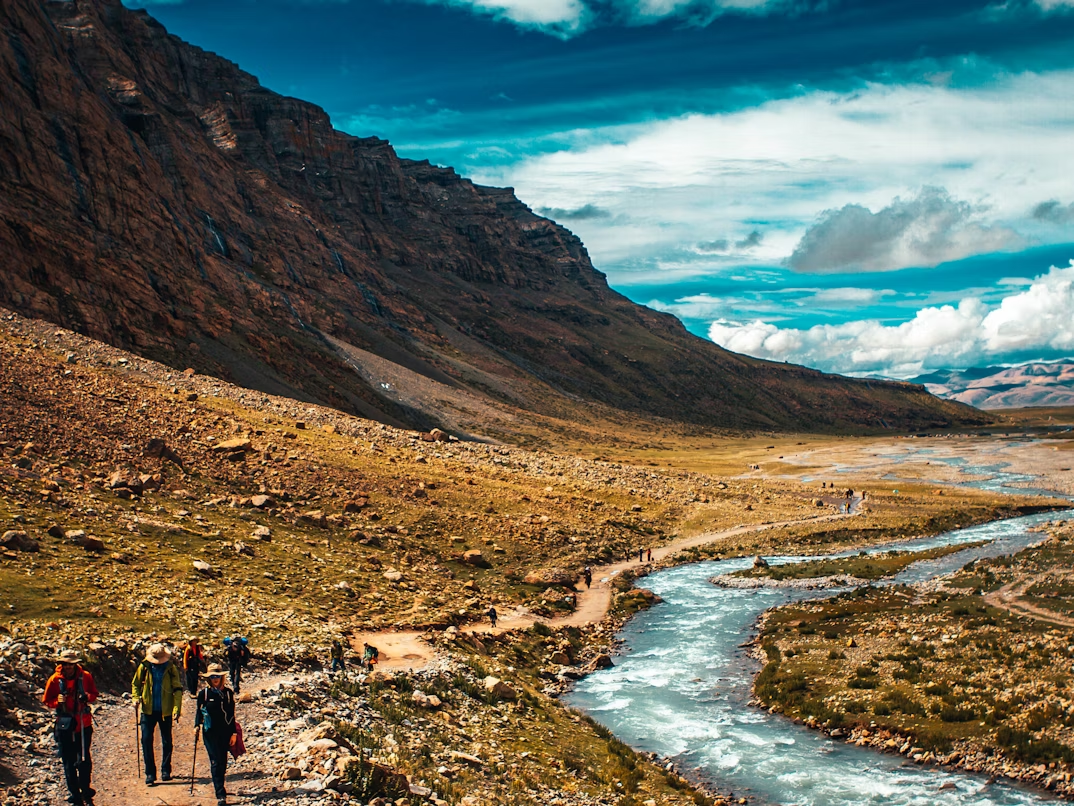
This Indian-administered route has resumed in 2025 after a five-year gap. Managed by the Ministry of External Affairs (MEA) and Kumaon Mandal Vikas Nigam (KMVN), it is the traditional route now enhanced with improved road connectivity.
Permits, medical screening, road transport and basic accommodation are all coordinated centrally, making it a safer, subsidized option for Indian pilgrims. You travel fully under an MEA/KMVN group, with government‑arranged vehicles, medical facilities at Gunji, and a cap of 250 pilgrims per season.
It is also senior-friendly. With the trek now reduced to a manageable 7 km and full medical support at Gunji, seniors with decent mobility and good health can undertake the journey.
| Day | Route & Key Details |
|---|---|
| 1 | Delhi → MEA/KMVN briefing; document & medical checks |
| 2 | Delhi → Pithoragarh (1,645 m) by bus |
| 3 | Pithoragarh → Dharchula (940 m) by road |
| 4 | Dharchula → Gunji (3,200 m) by 4×4/jeep |
| 5 | Gunji – Acclimatization & medical screening; visit Kali Mandir |
| 6 | Gunji → Kalapani (3,600 m) → Nabhidhang (4,300 m) by vehicle |
| 7 | Nabhidhang → Lipulekh Pass (5,115 m; 7 km trek) → Taklakot, Tibet (3,900 m) |
| 8 | Taklakot – Rest & acclimatization; Purang gompa visit |
| 9 | Taklakot → Lake Mansarovar (4,590 m) by road; ritual dip & Chiu Gompa |
| 10 | Lake Mansarovar → Darchen (4,700 m); Parikrama briefing |
| 11 | Parikrama Day 1: Darchen → Dirapuk (≈5,210 m; ~20 km) |
| 12 | Parikrama Day 2: Dirapuk → Dolma La (5,630 m) → Zuthulphuk (4,790 m; ~18–22 km) |
| 13 | Parikrama Day 3: Zuthulphuk → Darchen (4,560 m; ~13 km) |
| 14 | Darchen → Taklakot (3,900 m) by road |
| 15 | Taklakot → Nabhidhang → Gunji (reverse route) |
| 16 | Gunji → Dharchula by road |
| 17 | Dharchula → Pithoragarh by road |
| 18 | Pithoragarh → Delhi by bus/train |
Key Highlights:
- Fully motorable up to Nabhidhang
- Only 7 km trek from Nabhidhang to Lipulekh Pass
- Medical base at Gunji with hospital-grade facilities
- Duration: Approx. 23 days
- Approximate Cost: ₹1.8–2 lakh (subsidized)
- Number of Pilgrims Allowed: 250 (5 batches of 50)
This route also offers a rare view of the Kailash Himalaya from the Indian side, making it a unique cultural and geographic experience.
2. Lhasa Route – Tibet (Private‑Operator)
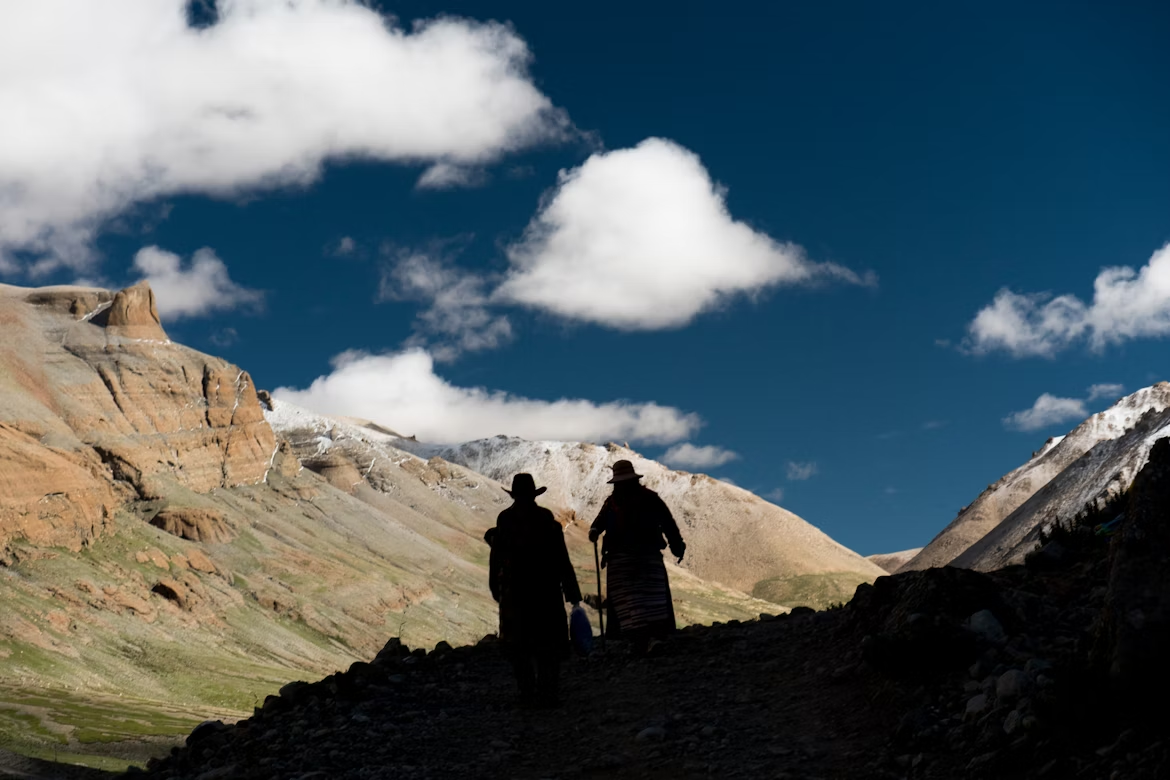
Operated by licensed travel agencies, this route requires a Chinese group visa and Tibet Travel Permit, both arranged by your tour operator. You fly into Kathmandu or directly to Lhasa, then proceed overland via the Friendship Highway. It’s shorter, more comfortable (fewer high‑altitude trek days) and ideal for those who prefer a packaged experience.
| Day | Route & Key Details |
|---|---|
| 1 | India → Kathmandu → Lhasa (3,650 m) by flight |
| 2 | Lhasa – Acclimatization & sightseeing (Potala Palace, Jokhang Temple) |
| 3 | Lhasa → Yamdrok Tso (4,441 m) → Gyantse (3,900 m) by road |
| 4 | Gyantse → Shigatse (3,830 m); visit Tashilhunpo Monastery |
| 5 | Shigatse → Saga (4,500 m) via Friendship Highway |
| 6 | Saga → Lake Mansarovar (4,590 m); ritual dip & puja |
| 7 | Lake Mansarovar → Darchen (4,700 m); Parikrama briefing |
| 8 | Parikrama Day 1: Darchen → Dirapuk (≈5,210 m; ~20 km) |
| 9 | Parikrama Day 2: Dirapuk → Dolma La (5,630 m) → Zuthulphuk (4,790 m) |
| 10 | Parikrama Day 3: Zuthulphuk → Darchen (4,560 m; ~13 km) |
| 11 | Darchen → Saga by road |
| 12 | Saga → Shigatse → Lhasa; rest & cultural visits |
| 13 | Lhasa → Kathmandu by flight |
| 14 | Kathmandu → India; Yatra concludes |
Key Highlights:
- Best for those seeking less physically demanding travel
- Duration: 12–14 days
- Approximate Cost: ₹2.5 – 4 lakh
- Mostly by road, with internal flights and basic trekking during the Kailash Parikrama
For travellers interested in Tibetan culture and smoother logistics, this route offers a more accessible gateway to the Mansarovar Himalaya region.
Kailash Parikrama
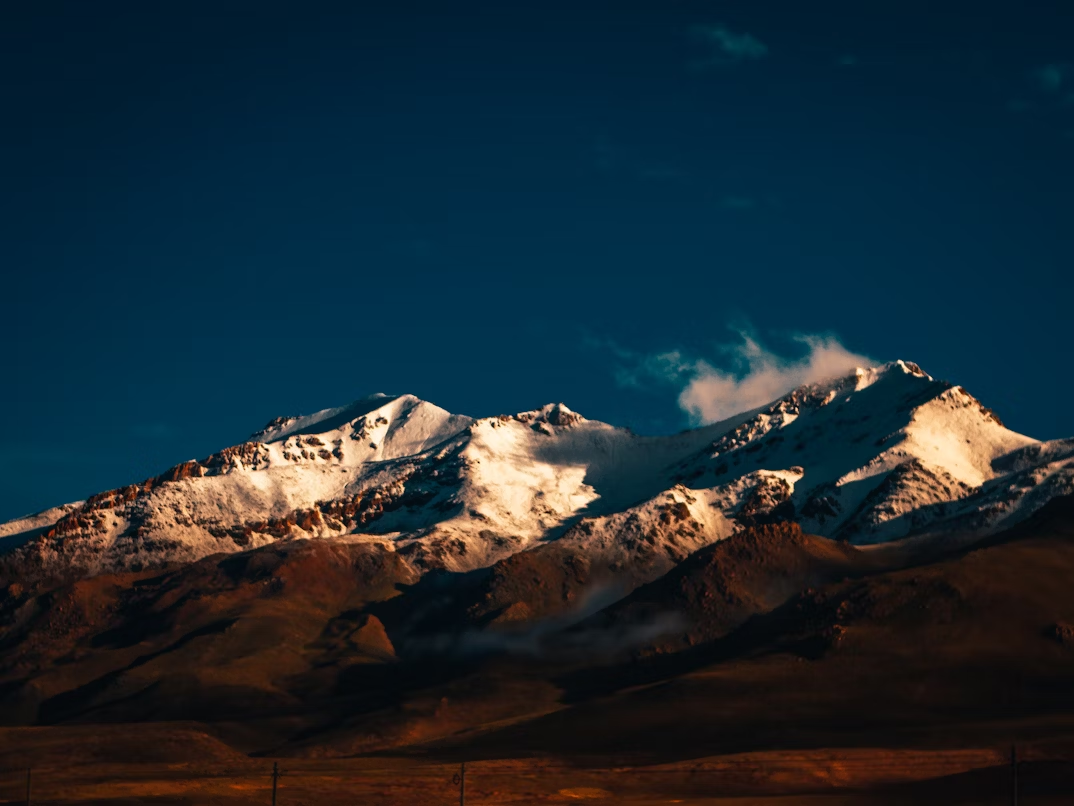
Both routes include the sacred Kailash Parikrama, a circumambulation typically completed over 3 days. The Kailash Parikrama — also called the kora — is a 52 km clockwise circumambulation of Mt Kailash that every pilgrim completes on foot, regardless of entry route.
Beginning at Darchen (4,560 m), it spans three days:
- Day 1 ascends gently along the mountain’s north face to the Dirapuk monastery (5,210 m).
- Day 2 tackles the steep Dolma La Pass (5,630 m) before descending to Zuthulphuk (4,790 m).
- Day 3 winds downhill back to Darchen.
Each day’s trek ranges from 13 to 22 km over rocky, high‑altitude terrain. Beyond its physical challenge, the Parikrama holds deep spiritual significance, pilgrims believe that circumnavigating Kailash and Mansarovar purifies past sins and grants blessings.
Required Documentation
For Lipulekh Pass Route (MEA)
- Indian Passport (minimum 6-month validity)
- Medical Certificate (Delhi pre-screening + Gunji acclimatization)
- MEA online application (March 2025 onwards)
- Undertaking & Consent Forms
- No separate Chinese visa needed, the border route uses group permits handled by KMVN/MEA
For Lhasa Route (Private Tour Operators)
- Indian Passport
- Chinese Group Visa (arranged by the operator)
- Tibet Travel Permit
- Invitation Letter from Tibetan operator
- Important: Aadhaar and Voter ID are not valid travel documents for this journey.
Best Time to Visit Kailash Mansarovar in 2025
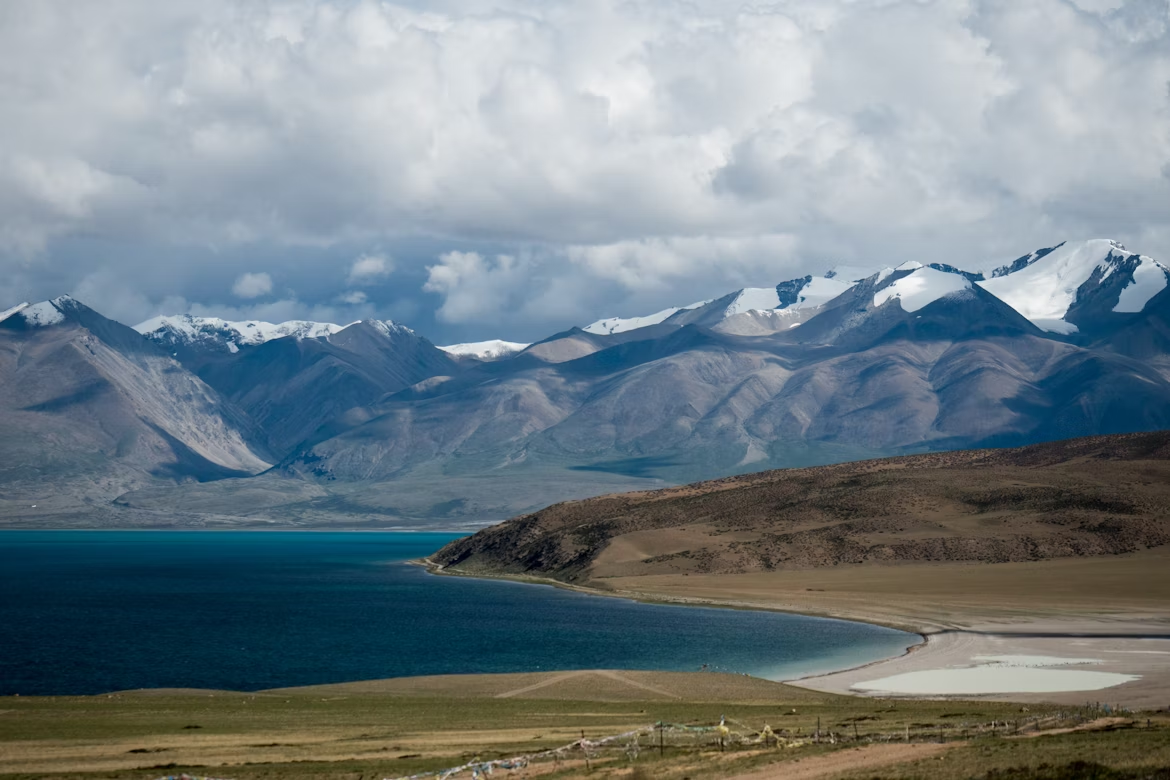
- Official Yatra Window: June 30 to August 2025
- Best Period: July to mid-August
- Clear skies, safer road conditions, and lesser monsoon disruptions
- Avoid late August if possible, due to potential landslides in the Himalayan region
The Kailash Mansarovar Yatra is safest during the first half of the pilgrimage window, when roads are more stable and weather patterns predictable.
Where to Stay: Comfortable Villas by StayVista
While accommodation during the Yatra is arranged by MEA/KMVN or private operators, you can extend your journey with a restful stay at a luxury villa before or after the Yatra in Uttarakhand. Here are a few properties near the route:
Bhimtal
Prakriti: Modern hillside home with valley views
Vintage Retreat: Rustic-luxe cottage with gardens
The Rasa Bungalow: Spacious heritage-style villa
Mist @ Cottage on the Lake: Lakeside stay with private access
These locations are ideal stopovers before heading toward Dharchula or returning from the journey.
Safety Tips for Kailash Mansarovar Yatra
Acclimatize Well: Especially at Gunji, take advantage of the 2-day medical hold.
Hydration is Key: Carry ORS sachets and drink plenty of water.
Medication: Bring prescribed AMS pills and personal medications.
Pack Right: Layered clothing for high-altitude climate
Broken-in trekking shoes
Portable oxygen (especially for seniors)
Power banks, dry fruits, torch, and water purification tablets
Listen to Medical Teams: Don’t ignore even mild symptoms of altitude sickness.
Monsoon Prep: Carry rain gear and stay updated on road alerts from BRO.
Frequently Asked Questions
Yes, the route officially reopens from June 30, 2025, after five years of closure.
Yes, it includes full vehicular travel until Nabhidhang and only a short 7 km walk to the pass. A clean medical history and strong physical fitness is required. Age cutoff for MEA route is 70 years.
Very. Even with the Lhasa route, the 3-day Kailash Mansarovar Parikrama involves high-altitude trekking across Dolma La Pass.
Visit the MEA portal kmy.gov.in when registrations open in March 2025.
Yes, a Chinese visa along with Tibet Travel Permit is mandatory for all routes.
Prepare Mindfully for the Kailash Mansarovar Yatra 2025
The Kailash Mansarovar Yatra in 2025 is more accessible than ever, especially with the newly operational Lipulekh Pass route. Whether you’re a first-timer or a returning pilgrim, proper planning and preparation are critical. Combine your spiritual journey with a comfortable stay in the Kumaon region and make it a truly transformative experience.
Prepare your documents, begin training, and mark your calendars—this once-in-a-lifetime Kailash Mansarovar Yatra awaits.
Banner Image Credit: Raimond Klavins via Unsplash



